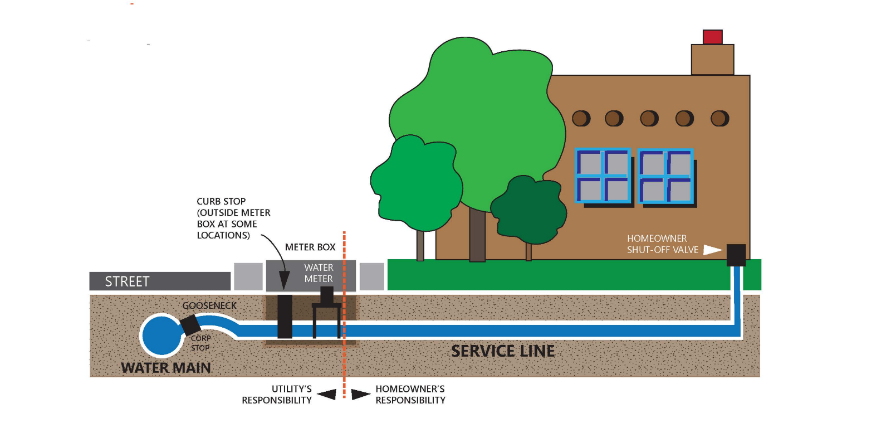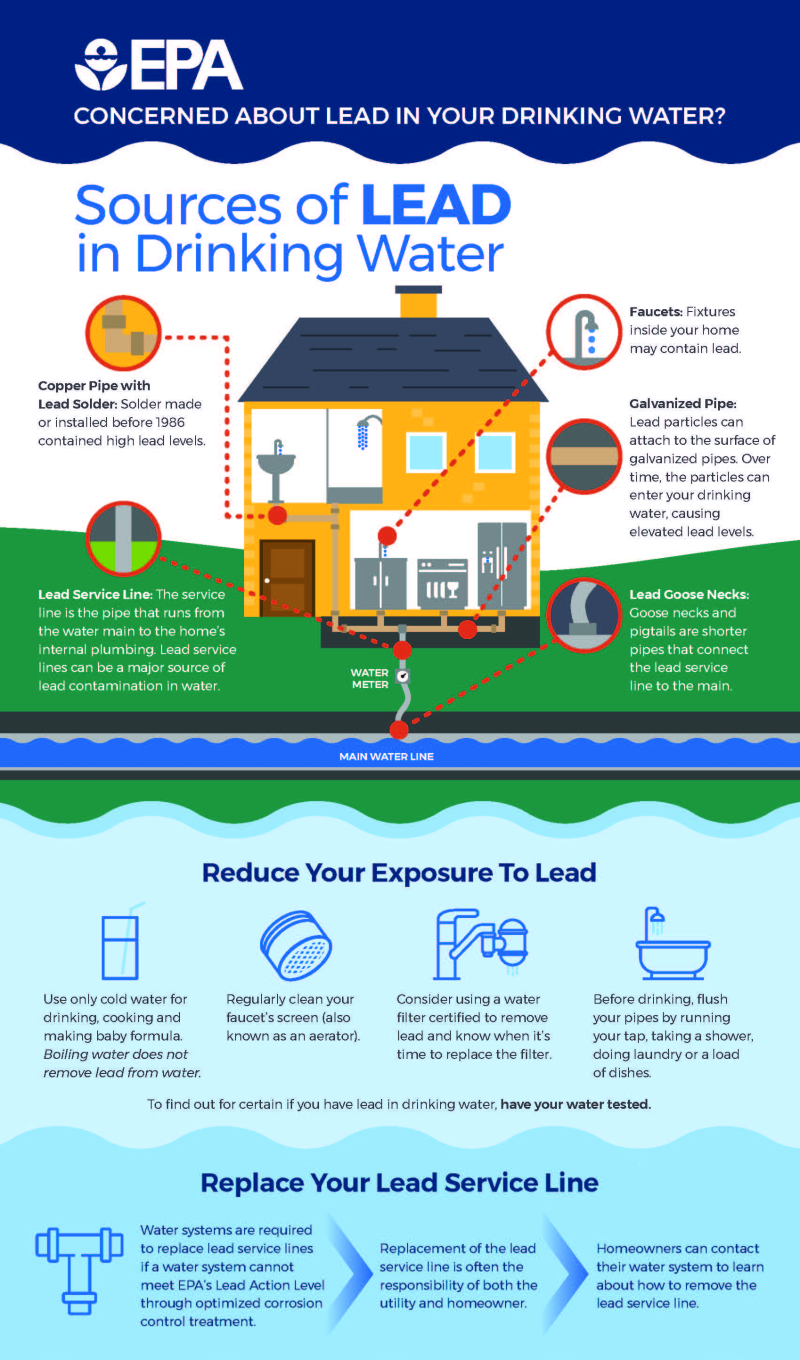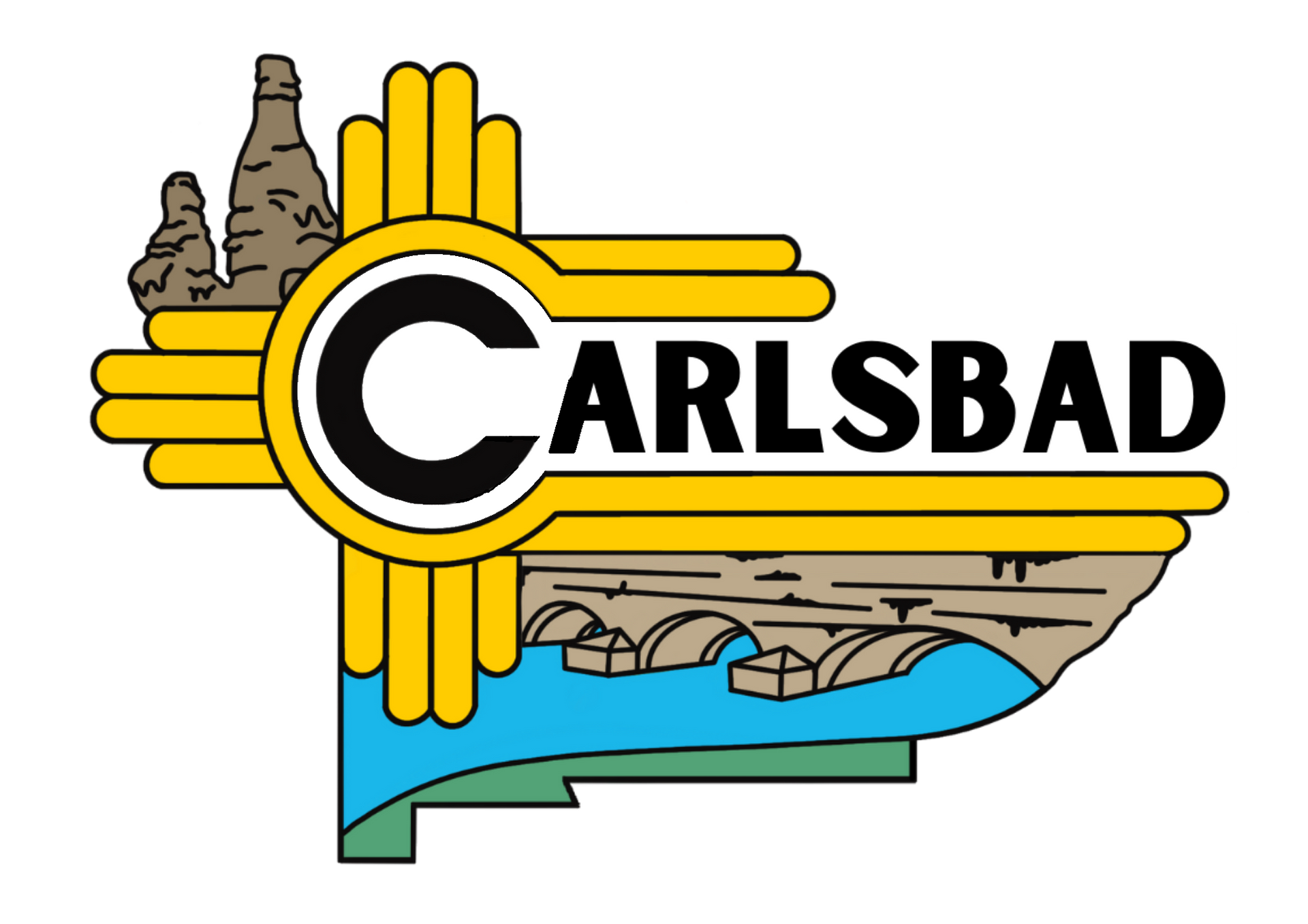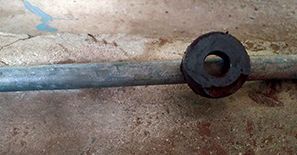A message from the City Water Department
The Environmental Protection Agency (EPA) is revising its rules regarding lead and copper water lines in order to further reduce lead exposure via drinking water. The new rules will go into effect in October 2024, but the City of Carlsbad Water Department has already begun to prepare for these changes.
Lead has been found in the source waters supplying Carlsbad. However, exposure to lead can also occur through the metals used in plumbing pipes and fixtures. For this reason, the EPA is requiring all U.S. water systems to build an inventory of the materials used in service lines connecting water mains to customer properties. Historically, lead was not commonly used in Carlsbad’s water distribution infrastructure. Carlsbad's records show no use of lead in Carlsbad's water main lines. Lead-free pipes, solder and flux have been mandatory since 1988. Nevertheless, the Water Department will be conducting the required inventory survey via visual inspection of service line materials and a review of city, county, and state construction records. The Water Department has tested the city water supply every three years for copper and lead since 1991.
What is a service line?
The service line connects the water main to the property. The city owns the portion of the service line from the water main to the meter, and the customer owns the portion of the service line from the meter to the residence. The City can validate the material up to the end of the meter box, but lead exposure can happen after that if the plumbing in your house contains lead.

How Do I Test The Material Of My Plumbing
To find out if you have a copper, lead or galvanized steel service on your property, you (or your landlord) can perform a materials verification test on the water service line where it connects to the water meter to determine the material of the water service line on your property.
Please follow the steps below, and then send the results of the test along with your address to lead@cityofcarlsbadnm.com. The City of Carlsbad will include your results in their water service line inventory records.
What You Need
- A house key or coin
- A strong refrigerator magnet
Steps to Check Your Service Line
- Find the water meter on your property.
- Look for the pipe that comes through the outside wall of your home and connects to your meter.
- Use a key or coin to gently scratch the pipe (like you would scratch a lottery ticket). If the pipe is painted, use sandpaper to expose the metal first.
- Place the magnet on the pipe to see if it sticks to the pipe.
- Determine your pipe material and send your results and address to lead@cityofcarlsbadnm.com
Understanding the problem

Lead is a Health Concern
Exposure to lead in drinking water can cause serious health effects in all age groups. Infants and children can have decreases in IQ and attention span. Lead exposure can lead to new learning and behavior problems or exacerbate existing learning and behavior problems. The children of women who are exposed to lead before or during pregnancy can have increased risk of these adverse health effects. Adults can have increased risks of heart disease, high blood pressure, kidney, or nervous system problems.
Lead Service Lines Frequently Asked Questions
What is Lead?
Lead is a common naturally occurring metallic element that can be found in air, soil, and water. It is also a powerful toxin that is harmful to human health. Lead was commonly used in gasoline and paint until the 1970s and is still sometimes found in products such as ceramics, batteries, ammunition, and cosmetics. Lead was used for centuries in plumbing because of its pliability and resistance to leaks; in fact, lead’s chemical symbol, Pb, is derived from the Latin word for plumbing.
Why is lead a health risk?
Lead is a toxic metal that can cause immediate health effects at high doses and long term health effects if it builds up in the body over many years. Lead can cause brain and kidney damage in addition to effects on the blood and vitamin D metabolism. Pregnant women and young children are particularly vulnerable because the physical and behavioral effects of lead occur at lower exposure levels in children than in adults. In children, low levels of exposure have been linked to central and peripheral nervous system damage, learning disabilities, shorter stature, impaired hearing, and impaired formation and function of blood cells. While people are most commonly exposed to lead through paint, soil and dust, U.S. EPA estimates infants who consume mostly mixed formula can receive 40% to 60% of their exposure to lead from drinking water.
Is there lead in Carlsbad’s water supply and distribution system?
Yes. Minute lead levels have been detected in our samples of our ground water supply in the past. The source of this lead comes from the erosion of natrual deposits. For more detailed information, please see the annual consumer confidence report. To access the report, click the button above this FAQ.
Are there lead service lines in Carlsbad?
YES. Lead was used as water service line material in Carlsbad infrequently until the 1940s. Lead service lines were banned nation-wide in 1986. Many times, different materials were used for a single service. For example, the material used for the public portion of the service line (between the water main and meter) may be different than the private portion (between the meter and the house).
What is Carlsbad doing about lead service lines?
The Water department is building a water service line inventory. The City of Carlsbad is developing an inventory of all the service lines in the city. You can help by identifying the material of your water service line and submitting your results to the City of of Carlsbad by clicking this link. You may also ask Utilities Department to check the material of your water service line by calling 575-885-6313. Whether your service is copper, lead, or something else, we want to hear from you.
How do I know if my home has a lead service line or lead plumbing?
The City of Carlsbad is combing through its historic records, conducting field investigations, and working with city residents to identify the material of every service line in the city. Please assist our effort by submitting information on your service line material. Whether your service is copper, lead, or something else, we want to hear from you. If you’ve already submitted your information, thank you! Interior Plumbing is the responsibility of the property owner, not the city. If you believe you may have lead in your interior plumbing, you can hire a certified plumber to inspect the pipes and joints in your house.
Who owns the water service line?
Ownership of the water service line is divided between City of Carlsbad and the property owner. The City of Carlsbad owns the portion of the service line from the water main to the meter. The property owner owns the portion from the meter to the house. Identifying and replacing lead service line is therefore a shared responsibility between the City of Carlsbad and each property owner.
Does the city plan to replace lead service lines?
YES. Once the city has completed the inventory and determined where lead service lines are, we will be replacing them.
Will the City of Carlsbad test my drinking water for lead?
YES. Because it is colorless and tasteless, lead is not readily apparent in water. In fact, the only way to know for certain whether your drinking water contains lead is to have your water tested by a certified laboratory. The City of Carlsbad can test a limited amount of a customers water for the presence of lead at no cost to you. While this service is provided free of charge, the homeowner or tenant must be responsible for ensuring that the proper procedure is followed. If you wish to take advantage of this free testing, please contact our Water Department at (575) 234-7906.
What can I do to reduce or eliminate lead from my drinking water?
The best way to remove risks of lead in water is to completely replace all sources of lead. But there are also steps you can take right away to reduce lead levels in your water. Run the Tap Before Use. Lead levels are likely at their highest when water has been sitting in the pipe for several hours. Clear this water from your pipes by running the cold water for several minutes. This allows you to draw fresh water from the main. You can use the spent water on house plants or to flush toilets. • Clean Aerators. Aerators are small attachments at the tips of faucets which regulate the flow of water. They can accumulate small particles of lead in their screens. It’s a good idea to remove your aerators at least monthly and clean them out. Use Cold Water for Cooking and Drinking. Always cook and prepare baby formula with cold water, because hot water dissolves lead more quickly, resulting in higher levels in water. Filter the Water. Many home water filters are effective at removing lead. If you purchase a filter, make sure it is certified for lead removal and that you maintain it properly. Find out more on filter certification at www.nsf.org.
What does Carlsbad do to protect my household from lead?
Among other things, the water chemistry is monitored to ensure the prevention of additional lead from dissolving into our water from lead service lines or home plumbing. Our Water is Moderately Hard meaning that there is a layer of Calcium Carbonate coating the inside of plumbing fixtures and service lines (White Chalky Material).
What are the laws regulating lead in drinking water?
In 1986, U.S. Congress amended the Safe Drinking Water Act to prohibit the use of pipes, solder or flux that were not “lead free.” At the time “lead free” was defined as solder and flux with no more than .2% lead and pipes with no more than 8%. In 2014, the maximum allowable lead content was reduced from not more than 8% to not more than a weighted average of 0.25% of the wetted surface of pipes, pipe fittings, plumbing fittings, and fixtures. In 1991, the Environmental Protection Agency published a regulation to control lead and copper in drinking water. This regulation is known as the Lead and Copper Rule (LCR). Revisions to these rules are scheduled to go into effect October 2024. These regulations require every water system in the country to develop an inventory of water service lines and to develop a lead service line replacement program, among other provisions.





